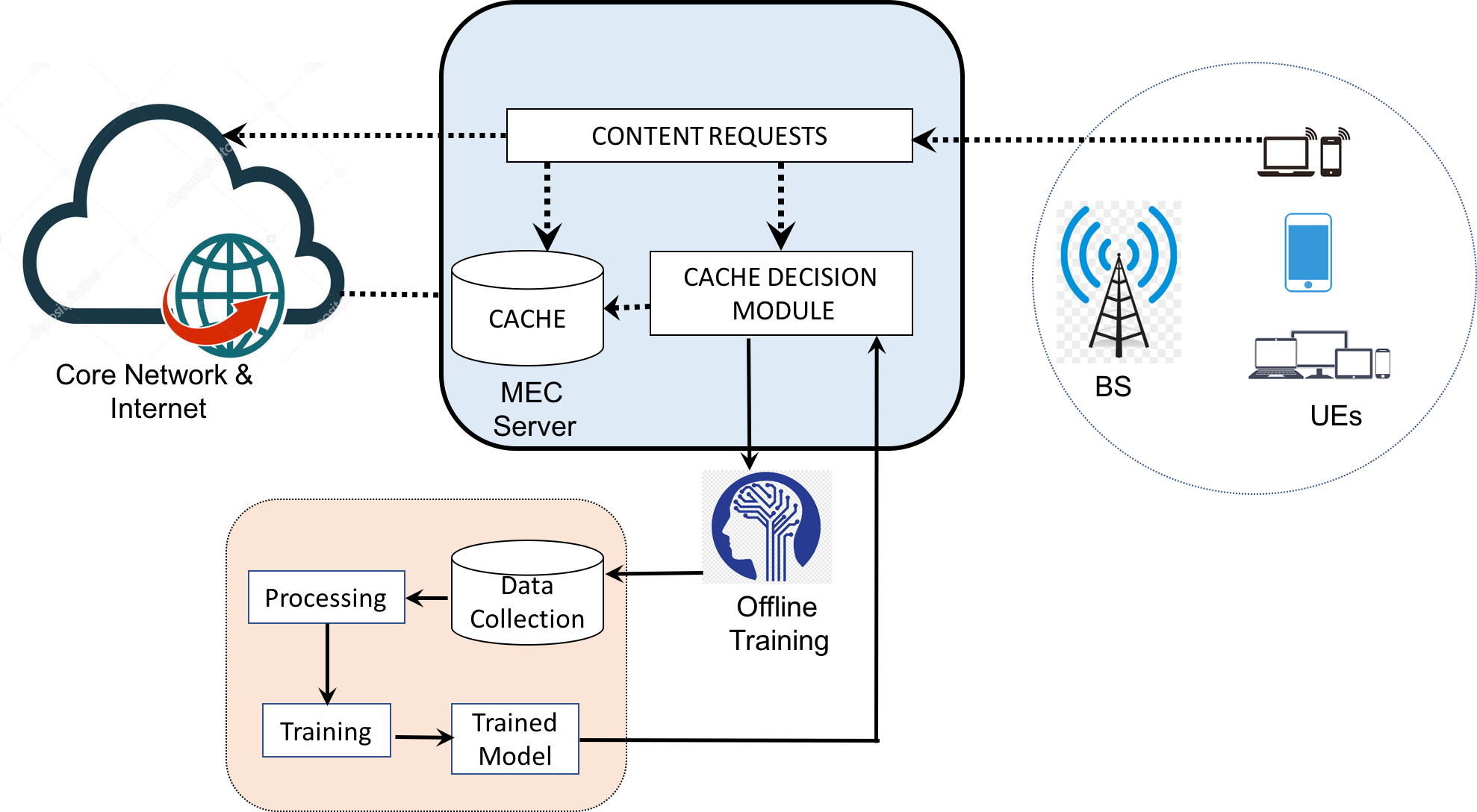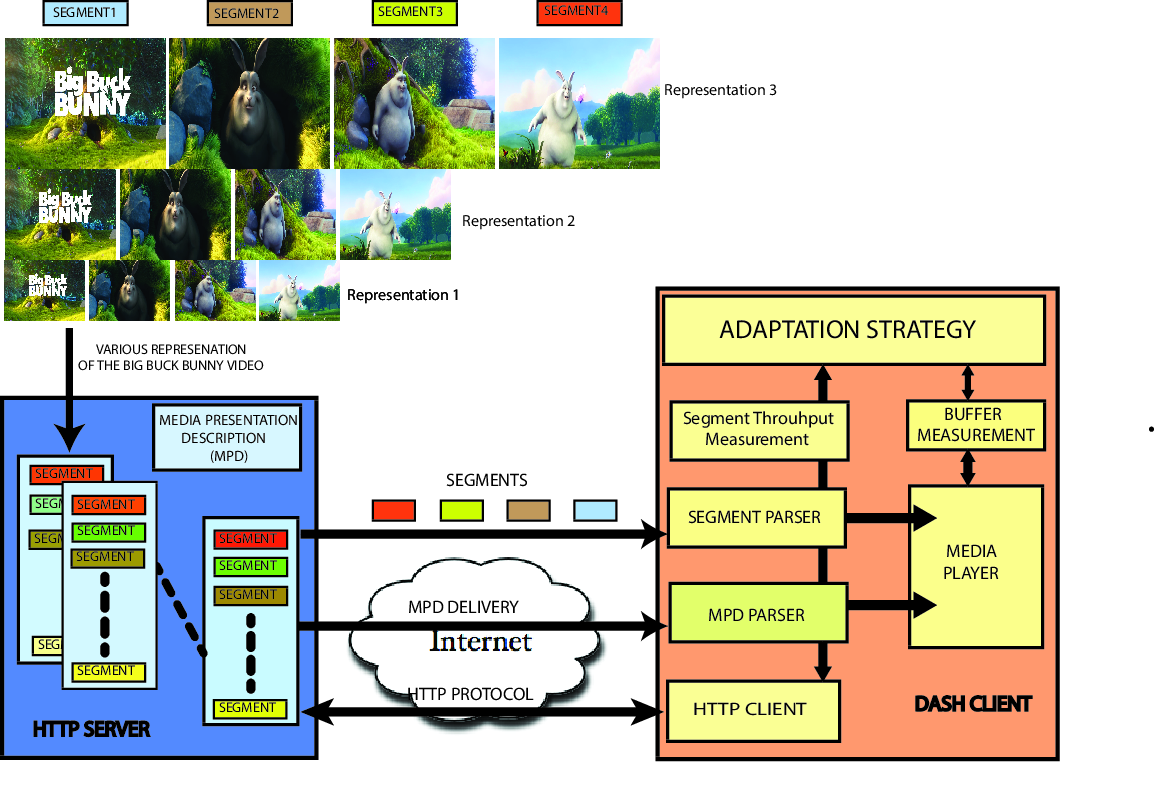Research Interest
Computer Vision
Image and Video Restoration
Underwater Vision
Segmentation of Aerial Images
Image Memorability
Robotic Vision
Zero Shot Learning
Active Learning
Medical Imaging
Human Gait Analysis
Detection and Rehabilitation for Osteoarthritis
Adversarial Perturbation
Adaptive Video Streaming
Media Forensics
Steganography and Steganalysis
Watermarking and Data Hiding
Adaptive Video Streaming

In recent years the mobile data traffic has increased enormously with an increase of mobile and smart devices. The global mobile data traffic is set to increase manifold in the coming years. With the rise in mobile data traffic and heterogeneous mobile devices, substantial improvement has been achieved in wireless media technology in terms of providing a varied range of multimedia services. These multimedia services are often resource hungry and require high speed data and low latency transmission. High-speed networks like the fifth generation (5G) networks help in faster data delivery resulting in less congestion at the backhaul links and higher transmission capacity. The integration of Mobile Edge Computing (MEC) into the cellular architecture, provides advantages like intelligent and efficient context aware caching, video adaptations for the delivery of content. In this work, the primary objective is to improve the video delivery to the heterogeneous end-users demands and varying network conditions. In order to provide a better video quality streaming experience by the end-users, optimizing network conditions such as reducing the overall backhaul congestion and access delay should be considered. For achieving the above mentioned performance, the probability of cache hit at the MEC server should be increased. With a better cache hit probability at the MEC servers, the congestion at the backhaul traffic could reduce substantially and reduce the delay in accessing the video content.

Improving the overall Quality of Experience (QoE) of a client for a given video streaming session is a challenging task in a continuously varying network environment. A dynamic bit-rate adaptation strategy at the client side that can maximize the overall QoE for a session is required irrespective of the bandwidth allocation scheme adopted in-network. Even though there are a plethora of state-of-the-art strategies for adaptive bit-rate streaming, they suffer from a few key shortcomings which may significantly restrict the overall QoE potentially achievable by an end-user. For instance, QoE management using a fixed set of rules may not always guarantee optimal bandwidth utilization, video quality enhancement and accurate buffer estimation, especially in the face of severely varying and often unpredictable bandwidth fluctuations. To handle these issues across a wide range of varying network conditions and QoE parameters, machine learning strategies are being used in recent times. ML approaches train the QoE models based on diverse observations related to network bandwidth, actually received bit-rate, segment size, etc, corresponding to video segments received in the past.
[1]. Anirban Lekharu, K Y Mouli, Arijit Sur and Arnab Sarkar, "Deep learning based prediction model for adaptive video streaming", In 12th InternationalConference on COMmunication Systems NETworkS(COMSNETS 2020), 8 January 2020
[2].A. Lekharu, S. Kumar, A. Sur, A. Sarkar, A QoE Aware LSTM based Bit-Rate Prediction Model for DASH Videos, 10th International Conference on COMmunication Systems and NETworkS (COMSNETS 2018), https://ieeexplore.ieee.org/document/8328225
[3].A. Lekharu, S. Kumar, A.sur, A.Sarkar, "A QoE Aware SVC Based Client-side Video Adaptation Algorithm for Cellular Networks", International Conference on Distributed Computing and Networking (ICDCN), 2018. Web: https://doi.org/10.1145/3154273.3154312

